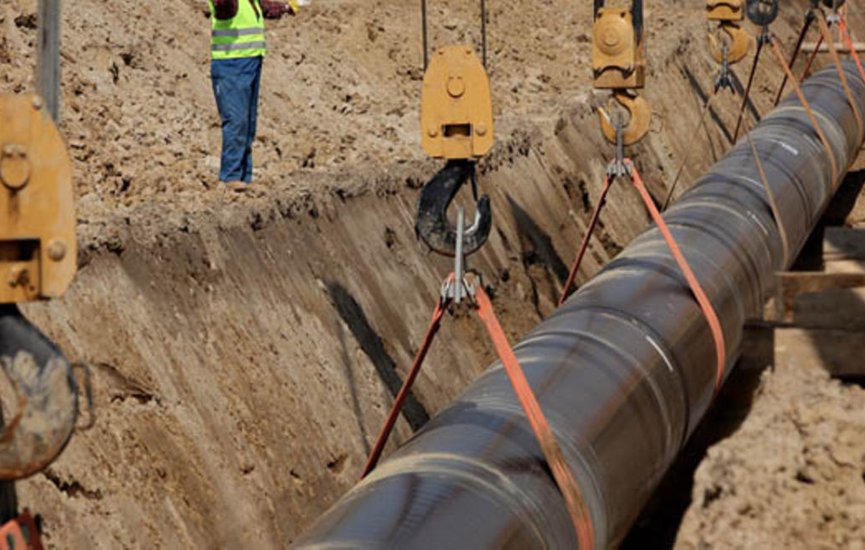After more than a decade of delays, setbacks, and fierce opposition, the East African Crude Oil Pipeline (EACOP) is finally nearing completion. This ambitious project aims to connect Uganda’s burgeoning oilfields to the Tanzanian coast, enabling the landlocked nation to export crude oil globally through the Port of Tanga on the Indian Ocean.
Since Uganda discovered crude oil 17 years ago, plans to get it to international markets have faced multiple hurdles. EACOP, set to be the world’s longest electrically heated crude oil pipeline, will span 1,443 kilometers, with 296 km in Uganda and 1,147 km in Tanzania. The project is owned by a consortium led by TotalEnergies (62%), with stakes held by China National Offshore Oil Corporation (8%), Uganda National Oil Company (15%), and the Tanzanian Petroleum Development Corporation (15%).
Construction began in 2017 but gained real momentum in 2023. By mid-2025, it was reported to be 64.5% complete, with developers investing around $3.6 billion so far. The pipeline’s completion is expected within the next year, promising to boost the economies of both Uganda and Tanzania by attracting foreign investment, creating thousands of jobs, and improving infrastructure such as roads and ports.
However, the project faces formidable challenges. The pipeline must cross difficult terrain, including over 600 wetlands, rivers, and roads, and reach an elevation of 1,738 meters above sea level in Tanzania. Funding hurdles also complicated progress, especially after several investors withdrew due to mounting opposition and environmental concerns. In response, the developers secured a $1 billion syndicated loan from regional lenders to keep the project on track.
But EACOP’s journey has not been without controversy. To make way for the pipeline, over 6,400 hectares of land were acquired, affecting nearly 20,000 people, including the relocation of 775 homes. Human rights groups estimate that more than 100,000 people could be displaced, sparking outrage and protests across Uganda and Tanzania. These protests have frequently been met with arrests, while some government officials accuse foreign interests of undermining national development.
Environmental concerns loom large as well. Global agencies like the International Energy Agency warn that no new oil and gas fields should be developed to meet climate goals. The pipeline’s impact on critical ecosystems, including Lake Victoria a vital water source for 40 million people has alarmed environmentalists worldwide. In fact, 43 banks and 30 insurers publicly pledged not to fund EACOP due to its potential environmental and social risks.
Despite the opposition, the project pushes forward, embodying the difficult balance between economic development and sustainability. Activist groups such as End Fossil Occupy Uganda continue to highlight the risks, demanding fair compensation for affected communities and protection of natural resources.
As EACOP nears its completion, it stands as a symbol of both opportunity and contention promising economic growth for Uganda and Tanzania, yet shadowed by serious human rights and environmental challenges. The coming months will be critical in shaping the future of this landmark project and the region it traverses.
